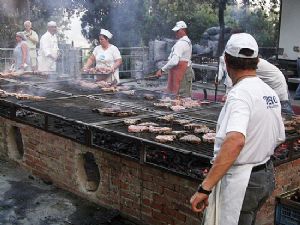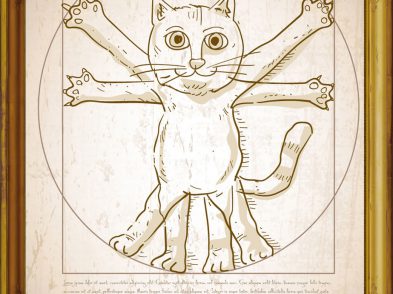The TF staff was recently discussing some of the most common truisms about Italy, Tuscany and Florence. After five years of print, we’ve pretty much heard and said it all. However, there are a few things about Italy and Tuscany that never seem to get old. And that started us thinking: what’s behind these truisms? Why do gelato and Italian style never cease to send us? We did a little digging and found some fun facts behind the following three FMO’s (frequently made observations). Please write us at inbox@theflorentine.net with your favorite truisms about the Boot, and we will investigate it for upcoming articles.
1. Gelato is so good.
Yes, it is. Know why? The batch freezers used to solidify gelato mixtures incorporate air, or ‘overage,’ into the sweet liquid. American ice cream has about 50 percent overage, which means the air-to-liquid ratio in ice cream is quite high. Italian gelato has only between 20 percent and 35 percent overage, making for a much richer flavour. Ironically enough, gelato contains only about 4 to 8 percent butterfat, versus the 14 percent in ice cream. Gelato also contains slightly less sugar on average, ranging from 16 to 22 percent, versus the 21 percent contained on average in ice cream. Gelato-eater tip: when seeking the frozen delight, stick to places that display their gelato tucked neatly into the basins, and not rising in a palatial mound over the container. Why? You need some seriously unnatural ingredients to make gelato stay frozen that high. True produzione propria gelato needs the cold temperatures of the stainless containers to keep its solid status.
2. Tuscan bread isn’t salty.
That’s right. Aside from schiacciata, pane toscano is pretty bland. Love it or hate it, there is a pretty good reason why Tuscan bread packs so little punch. Historically, salt was taxed. In fact, salt has been fiscally burdensome since Roman times, with the tax soaring to its zenith during the Renaissance. So, Tuscan contadini just started baking and breaking saltless bread. And the trend stuck. Some other salty Tuscan facts? Note the official signs over the tabacchi in Italy: they read Sali e tabacchi because salt was once a government-controlled commodity, just like tobacco (which still is). Salt was deregulated some time ago, but the signs still contain the historic message; even those newly manufactured.
3. Italians have impeccable style and fashion sense.
Indeed, they do. The Italian obsession with la bella figura also has historic roots. Italians were the European trendsetters from the eleventh to sixteenth centuries, when art had its big heyday here. Italy’s main cities of Venice, Milan, Florence and Vicenza welcomed the wealth of the era by manufacturing luxury goods of all kinds, such as cosmetics, jewelry and, of course, Medici-worthy rich fabrics, each gaudier than the next. Seen the hooks on the façades of palazzos like Strozzi? During important noble events and processions, the hooks were used for hanging long stretches of fabric from the stone walls to show off the wealth of the big spenders within. Italy was the fashion capital of Europe until the seventeenth century, when Louis XIV started to click his heels (literally), and France kept the fashion crown into the twentieth century. However, Italy made its big comeback in the 1950s, when Giovanni Battisti Giorgini began holding fashion soirées in Florence. In fact, Italy’s first fashion show was held in Florence, on February 21, 1951. Thus, Made in Italy label was born, and the so-called Italian School began to compete seriously with the then-reigning haute couture. Today, New York and Milan are considered the true economic and media fashion capitals of the world. But we all know the Yanks learned everything they know from the Italians.







